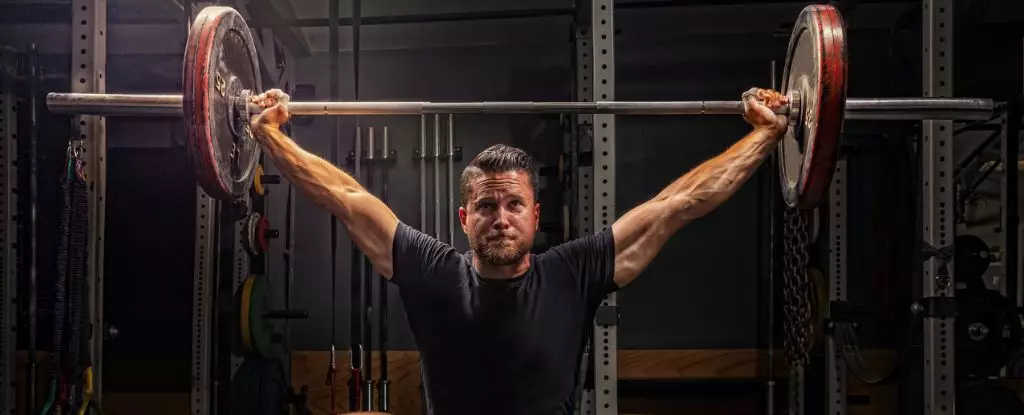In the pursuit of strength and aesthetics, the bodybuilding community is grappling with a harrowing reality—a disturbing trend in premature deaths among its athletes that casts a shadow over the very essence of this celebrated sport. While it’s common knowledge that elite athletes generally enjoy longer lifespans, the unexpected demise of over two dozen professional bodybuilders within a single year has sparked alarm and disbelief. Among these individuals, the youngest casualty was just 27, raising critical questions about the implications of extreme training regimens and the relentless pursuit of an ideal physique.
The repercussions of this disturbing trend are manifold, challenging the perceived invincibility often associated with professional athletes. The bodybuilding culture frequently champions the notion of pushing the body to its limits, but increasing evidence paints a stark picture—one where the need for physical perfection may be at odds with overall health and well-being. A recent study out of the University of Padova has added scientific weight to these concerns, revealing that elite bodybuilders face an exceptionally high risk of sudden cardiac events, particularly sudden heart failure, compared to their amateur counterparts.
Unmasking the Data: What the Numbers Reveal
The research conducted encompassed an extensive tracking of over 20,000 male bodybuilders, monitoring their health over an average span of eight years. Shockingly, 73 sudden deaths were reported, with the subjects averaging just 42 years of age. Although the study indicated that moderate bodybuilders had a relatively low risk profile, it also highlighted a startling divergence for elite athletes. Those competing in high-stakes competitions, such as Mr. Olympia, faced a staggering 14-fold increase in the likelihood of sudden heart failure.
To further contextualize this alarming data, it is important to note that, among the 100 elite competitors in recent years, seven tragically lost their lives unexpectedly—five of which were attributed to cardiac incidents, with an average age of just 36. These statistics compel serious reflection on the cardiovascular ramifications of such a demanding sport and bring to the forefront the urgent need for preventive measures, including automated external defibrillators at venues and better health screening protocols.
The Dark Side of Competition: Man vs. Machine
The study’s authors, led by Marco Vecchiato, hypothesize that a combination of grueling training routines, extreme dietary restrictions, and the widespread abuse of performance-enhancing substances creates a perfect storm for heart health hazards among bodybuilders. Over time, these factors can lead to irreversible structural changes in the heart. Autopsy data indicates that many bodybuilders exhibit a thickening of the left ventricle, with muscle mass exceeding normal average measurements by a staggering 74 percent.
This information invites a broader discourse on the cultural values entrenched within the bodybuilding community. The relentless pursuit of a hyper-masculine image often comes at the cost of personal health, resonating with the broader societal obsession with physical perfection. Yet disconcertingly, the trend suggests that many in this community are unaware of the life-threatening risks lurking beneath their sculpted exteriors.
Breaking the Stigma: Prioritizing Health Over Aesthetics
It’s vital that the bodybuilding community re-evaluates its prevailing attitudes toward health versus aesthetics. While ambitious goals and relentless dedication are commendable traits, they should never eclipse the fundamental need for maintaining heart health. The tragedy of these sudden deaths serves as a wake-up call—one that implores athletes, coaches, and organizations alike to prioritize safety measures alongside the pursuit of excellence.
The conversation must shift towards the implementation of safer practices, acknowledging that progress and passion should not come at the expense of life. This includes regular cardiovascular screenings, encouraging transformations that are rooted in health, and creating a supportive network that champions wellness as much as it does physical prowess.
In essence, the bodybuilding community has a crucial opportunity to redefine what success looks like: it should encompass longevity and quality of life, rather than simply striving for an extreme physique. While the desire to achieve greatness is inherent in sports, it must be tempered with a fundamental respect for one’s own health and well-being. The true measure of strength lies not just in muscle mass, but in the wisdom to prioritize lifelong health over fleeting applause.

